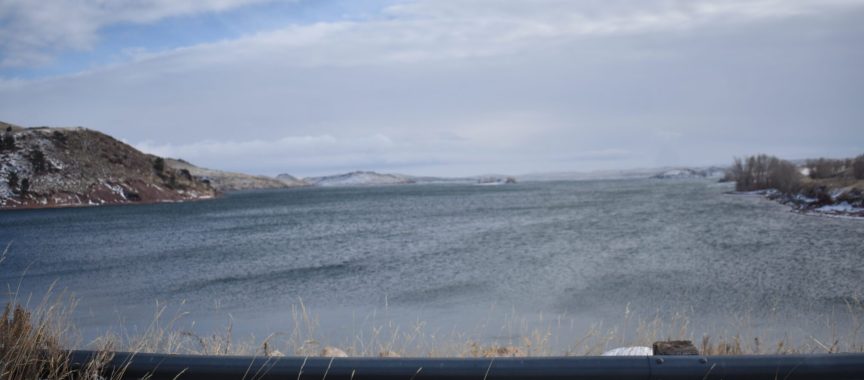News – Sheridan Media
[[{“value”:”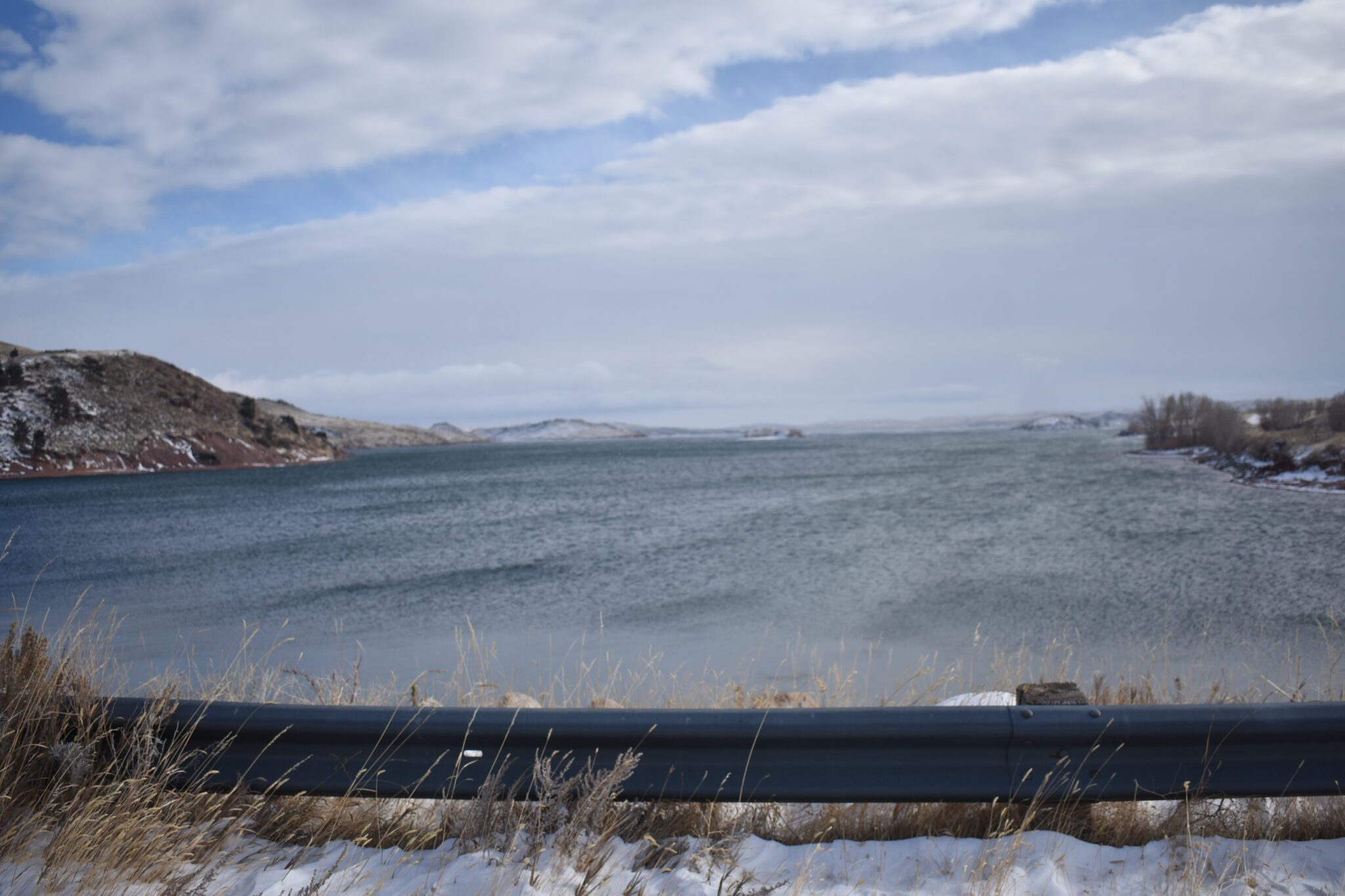
Although it hasn’t been extremely cold yet this winter, late 2024, Chinooks are still welcome. One blew through the Clearmont area before Christmas, and warm wind felt almost spring-like.
So, this week’s history column will discuss Chinook winds, which in North America are unique to the Rocky Mountain region, the Canadian Prairies and the High Plains. The phase, Chinook Wind even found its way into the lyrics of the song, Alberta Bound by Gordon Lightfoot.
Chinooks were also called, “Snow Eaters,” due to the fact that the snow disappears almost like by magic in front of the warm, dry winds.
Basin Republican, July 3, 1914, – The Snow Eater. The Chinook wind is the great safe guard of cattle on the vast stock ranges of Montana, Wyoming and the Dakotas during the long, rigorous winter that prevail in those states. Its advent is awaited as eagerly by the trailers of the west as is the coming of the southwest monsoon by the peasants of India. If the intervals between its visits are unduly prolonged the herds are in danger of destruction from two causes— freezing and starvation. The temperature before the beginning of the Chinook may be anywhere from zero to thirty degrees below. The ground may be deeply covered with snow, which prevents the cattle from gaining access to the nourishing grasses upon which, even in winter, their existence depends.
The Chinook may come by day or by night. In the former case its arrival is heralded by the appearance of along bank or wall of cloud over the mountains lying in the direction from which it proceeds, generally from the west.
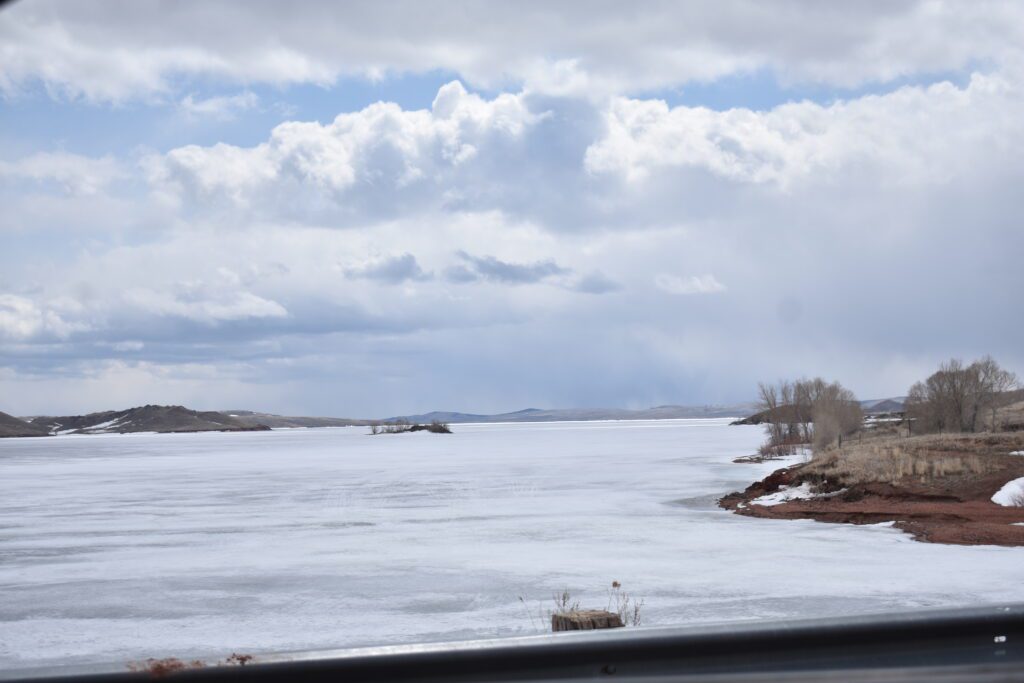
Warm, dry air begins to come in puffs down the slope and soon attains the force of a gale. The effect is magical. In a few hours or sometimes in a few minutes, the weather has changed from winter to spring. The snow disappears with astonishing rapidity. It does not merely melt, for so dry is the wind that the moisture is speedily evaporated, leaving the ground almost dry. Hence this wind is often called the snow eater. It may blow for a few hours or for several days. In extreme cases the temperature rises as much as forty degrees in fifteen minutes; and a snow covering of thirty inches, may disappear in a few hours.
One such event happened in January of 1943, in Spearfish, S.D., the temperature rose from -4 degrees to 45 degrees in just two minutes. At the time, it set a world record for the largest degree of variance of temperature in the shortest amount of time.
The above article continued: In the rural economy of our northern states the Chinook is important not only because it enables the cattle to survive the winters, but also because of its effect as a regulator of the water courses. If most of the snow remained un-melted through the winter a sudden thaw in spring would cause great floods. The Chinook itself does not cause floods, because, as already stated, it evaporates the melted snow with great rapidity.
What is the explanation of these remarkable hot winds? In the first place, several kinds of warm winds are called Chinooks in the west. The one we have been describing is distinguished as the dry Chinook and is the only one that need be explained in this space. This wind comes from the western side of the Rockies, charged with moisture from the Pacific Ocean and relatively warm, as are all winds blowing from the ocean in winter. As it climbs the western slopes of the mountains it undergoes a process known as dynamic cooling that it, its temperature is lowered by expansion. This cooling causes the condensation of its moisture which is deposited as rain or snow. The condensation, in turn, checks the fall in temperature, by the liberation of so-called latent heat. These processes are described in the elementary books on meteorology and physics so that we need not dwell upon them. The result is that the wind reaches the crest of the mountains dry and relatively warm.
As it flows down the opposite slope it undergoes dynamic heating, but there is now no moisture to modify the process, and it reaches the plains with a much higher temperature than it had at the beginning. It is therefore a warm wind, for the season, and very dry. This wind derives its name from that of a group of Indian tribes, the Chinooks, that originally settled chiefly along the Columbia River. Probably the early white settlers noticed that the wind seemed to come from the region where the Chinooks lived and hence gave it their name. Exactly the same kind of wind, however, occurs in many other parts of the world. It is common in the Alps, where it is known as the foehn. This name is now applied generally by meteorologists to all winds of this character.
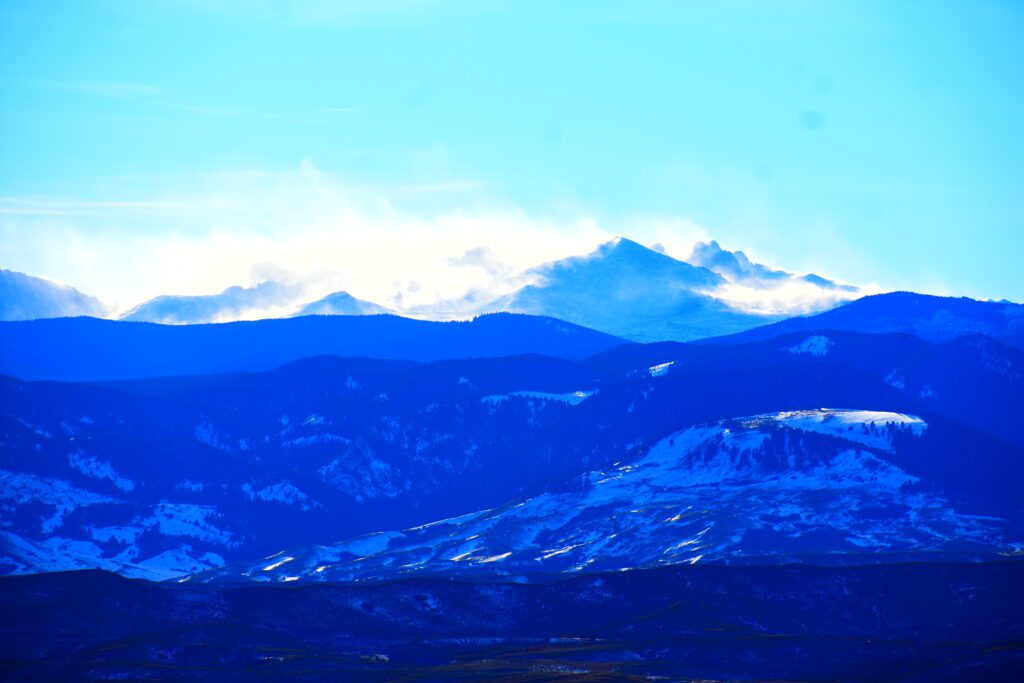
The “Foehn” of the plains north of the Alps in Europe, is of the same class. In Switzerland it has a local name. Schneefresser (snow eater). The Chinook is experienced in North America from Canada to Colorado, when an area of low pressure of considerable extent is central just east of tbe mountains. The indraft of air toward the center of the “Low” draws air away, first from the plains east of the mountains, then from the slopes nearer the mountains, and gradually air is drawn from them downward and the indraft from the east may be strong enough to Induce the winds to flow up the west slopes, over the ranges to the eastward…..
The Daily Enterprise, January 1, 1912 – “The Chinook.” The Chinook wind, which is characteristic of the climate along the plains east of the Rocky Mountains and which is felt over Sheridan frequently, belongs to that class of winds having unseasonably high temperatures by virtue of the “adiabatic” process of heating and of cooling in air masses. The name Chinook is believed to be derived from the tribe of Chinook Indians, and was probably first applied to the warm wind of winter by Hudson Bay trappers and traders who, meeting the wind while travel ing toward the Pacific, and noticing that often on approaching the lands of the Chinook Indians, the winds were warm and strong, applied the name, “Chinook.”
As the surface air reaches the plains to the east, its temperature is abnormally high, the relative humidity has been greatly lowered, and in blowing over fields of snow, the snow disappears as if my magic, licked up as it were, by the dry thirsty air. If the process be strong, a foot of snow may disappear within a few hours, leaving the range clear, but depriving the ground of moisture promised by the earlier snowstorm.
The “Chinook” is marked by a cloud bank over the mountains, clear skies to the eastward later becoming clouded as the wind strengthens, rapidly rising temperature, with corresponding low humidly west to southwest winds increasing from light to a gale……
It often clears the fields from snow permitting stock to secure grass that was but recently covered. The highest temperature of the winter accompany the Chinook and conversely the lowest often follow it.
Often, a snowstorm also follows a Chinook wind. Wallace Vannoy, who ranched near Clearmont, often felt the Chinook was a double-edged sword; it melted the snow and that was good, but when it got cold again the water created by the melting snow froze, and coated the pasture with ice, creating hazards for livestock.
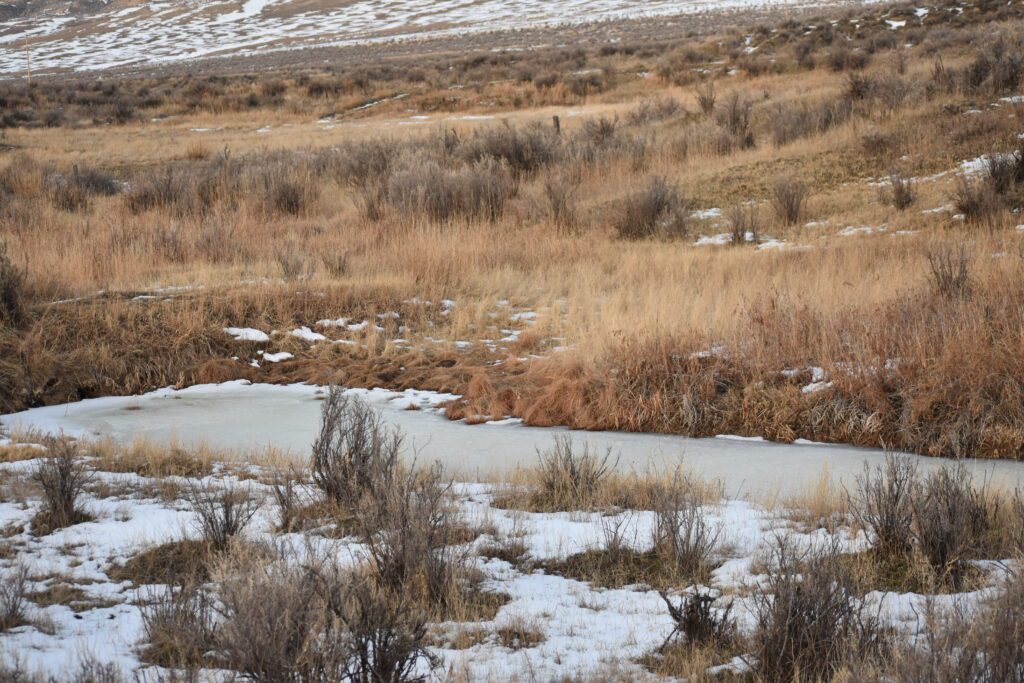
The Sheridan Post, March 27, 1908 – Mystery of the Chinook. Down the mountains and over the plains there blew for many hours last week in swift, continuous current that always marvelous phenomenon, the Chinook wind, says the Spokane Spokesman Review. Wherever it touched the snowbanks they malted as if by legerdemain. No other phenomenon this land of meteorological mysteries is quite so unique and distinctive. From the days of Lewis and Clark the Chinook wind has been a delight and wonder. Its name is derived from the Chinook nation of Indians, at one time numerous, and a powerful people inhabiting the north bank of the Colombia from The Dalles to the ocean.
Trappers, herdsmen and early agricultural setters, noting that it came into the interior from the southwest, called it Chinook under the somewhat mistaken believe that it the flowed out of the Chinook country and drew Its warm and melting properties from the mild January current. Scientific research of later days has shown that this shown this believe was largely erroneous.
The Chinook is not a moist wind like that which blows in from the Pacific but derives its snow malting powers from its exceeding dryness. Vapor laden winds from the Pacific, rising to great heights in the Cascade mountains, are drained of their moisture by the mountain wall and become cold, dry and rarefied in those lofty elevations. In falling from the inland empire, they are warmed by the compression.
It has been scientifically determined that the Chinook wind, falling from mountain to plain is warmed at the rate of about 1–degree for each 180 feet of descent. A fall of 5500 feet from the summit or the Cascade mountains to the wide plateau of the interior will rise the temperature of the wind by about 80 degrees.
Here, then are the peculiar properties of the Chinook wind – warmth and dryness, melting the snows by its high temperatures and sucking them up by its thirsty properties….
To the people inhabiting the vast interior this Chinook has ever been a joy and a mystery. When snows lay deep, and lakes were ice-bound and Indians herds were famishing, the aborigines, from the Mandan of Dakota to the Yakima and the Walla Wallas, sought to welcome this great spirit by incantations and long continued dances. If after years the white herdsman desponding as he saw his horses and cattle dying on the frozen snows, found cheer and returning fortune in its warm and melting breath.
So, throughout the winter in Wyoming we may get a welcoming Chinook, especially appreciated when it has been 20 below or colder, and we can almost watch it eat the snow.
“}]]
Last modified: December 28, 2024

